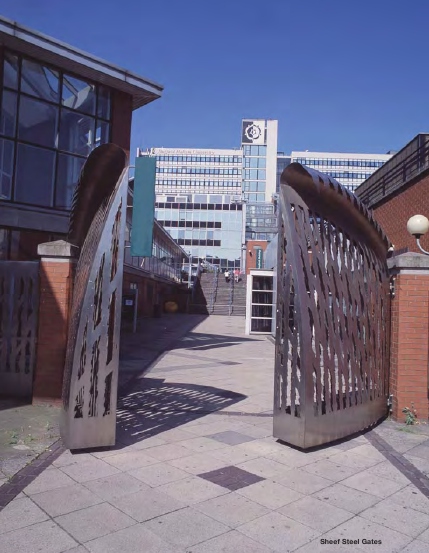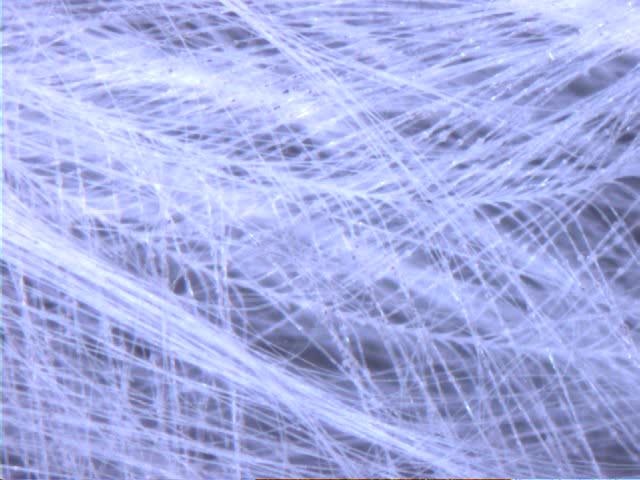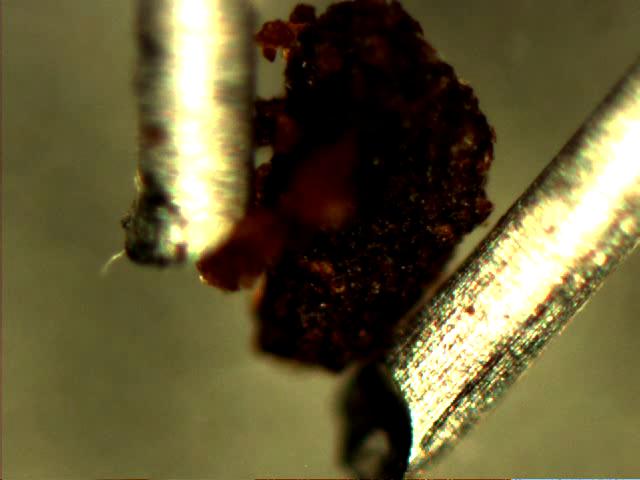Available Student and Research Projects
m (→Micro-Manipulation) |
m |
||
| Line 35: | Line 35: | ||
===External Links=== | ===External Links=== | ||
* [http://www.hadleyweb.pwp.blueyonder.co.uk/ CombineZ] | * [http://www.hadleyweb.pwp.blueyonder.co.uk/ CombineZ] | ||
| − | |||
| − | |||
| − | |||
| − | |||
| − | |||
| − | |||
| − | |||
| − | |||
| − | |||
| − | |||
| − | |||
| − | |||
| − | |||
| − | |||
| − | |||
| − | |||
| − | |||
| − | |||
| − | |||
| − | |||
| − | |||
| − | |||
| − | |||
| − | |||
| − | |||
| − | |||
| − | |||
| − | |||
| − | |||
| − | |||
| − | |||
| − | |||
| − | |||
| − | |||
| − | |||
| − | |||
| − | |||
| − | |||
| − | |||
| − | |||
| − | |||
| − | |||
| − | |||
==RANSAC== | ==RANSAC== | ||
| Line 90: | Line 47: | ||
* Extend RANSAC implementation to more degrees-of-freedom problem (maybe use line- and point-features) | * Extend RANSAC implementation to more degrees-of-freedom problem (maybe use line- and point-features) | ||
| − | |||
| − | |||
| − | |||
| − | |||
| − | |||
| − | |||
| − | |||
| − | |||
| − | |||
| − | |||
| − | |||
| − | |||
| − | |||
| − | |||
| − | |||
| − | |||
| − | |||
| − | |||
| − | |||
| − | |||
| − | |||
| − | |||
| − | |||
===See Also=== | ===See Also=== | ||
| Line 120: | Line 54: | ||
* [http://qtpfsgui.sourceforge.net/ HDR workflow with Qtpfsgui] to create HDR images and tonemapping | * [http://qtpfsgui.sourceforge.net/ HDR workflow with Qtpfsgui] to create HDR images and tonemapping | ||
* [http://wiki.panotools.org/HDR_workflow_with_hugin HDR workflow with hugin] to create HDR panoramas | * [http://wiki.panotools.org/HDR_workflow_with_hugin HDR workflow with hugin] to create HDR panoramas | ||
| − | |||
| − | |||
==Micro-Manipulation== | ==Micro-Manipulation== | ||
Revision as of 17:54, 8 June 2007
Contents |
Student Projects
We always offer projects to motivated students (first degree, Masters of Science, ERASMUS student, ...). If you are interested in doing a project in computer vision, let us know. Here is a description of ongoing research areas to give you an idea of possible projects. You can also suggest a research topic yourself.
If you work with us, you can learn a lot of skills which are relevant for a career as a software developer:
- Computer Vision, Signal processing, Robotics
- Linear Algebra, Analysis
- Software Engineering
We are using state-of-the-art cross-platform software tools:
- Source-code documentation with
 doxygen
doxygen
- Cross-platform user-interfaces with
 Qt. You can develop full-featured GUI-software which runs under
Qt. You can develop full-featured GUI-software which runs under 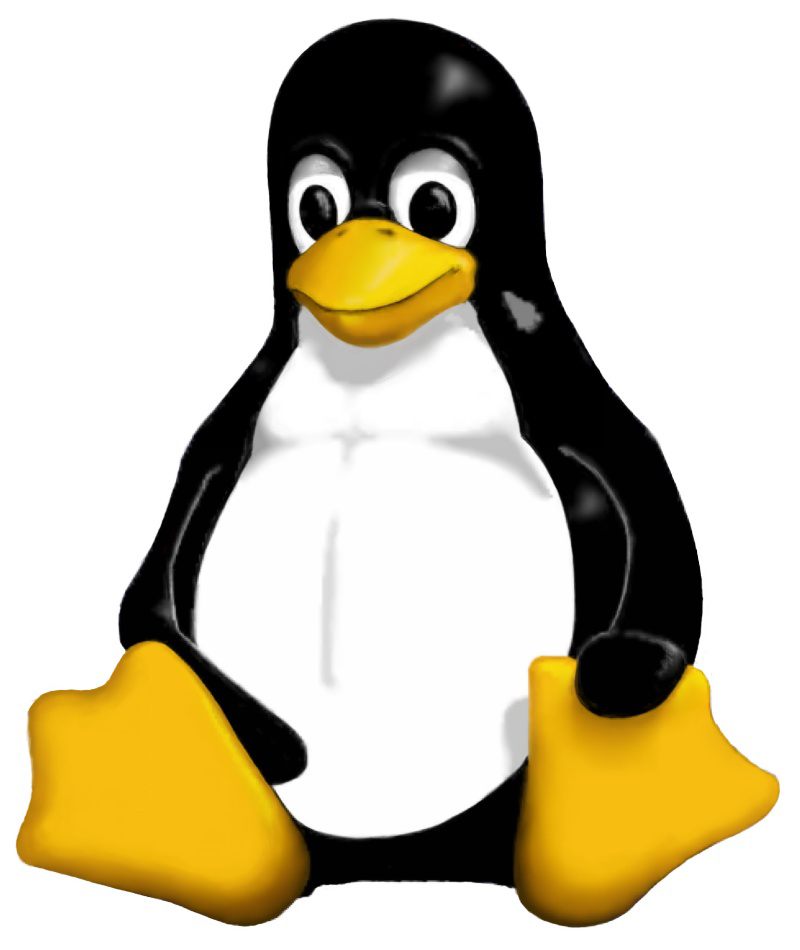 GNU/Linux,
GNU/Linux, 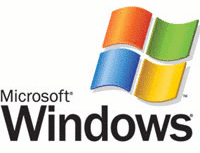 Microsoft Windows, and
Microsoft Windows, and 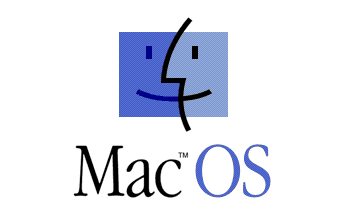 MacOS!
MacOS!
- Platform-independent
 Standard Template Library
Standard Template Library
- Platform-independent
 Boost Library
Boost Library
- Scripting using the dynamically-typed object-oriented programming language
 Ruby
Ruby
Project areas
Stitching for microscopes
Premise
- A microscope-video of an object being moved in x-, and y-direction (parallel to the focussed plane)
- Later a microscope-video of an object being moved in x-, y-, and z-direction (i.e. including depth changes)
To Do
- Generate stitched image from the input-video (linear complexity desirable) without feedback from microscope-drive
- Cross-compare images to avoid a drift of the estimated shift
- Later provide extended depth of field by maximising a focus measure.
See Also
External Links
RANSAC

Random sample consensus is a method for object recognition. This project is about recognising macroscopic rigid objects (e.g. household and office articles like cups, stapler, ...
To Do
- Select point-features and a suitable similarity measure
- Implement RANSAC algorithm and apply to at least 3 degrees-of-freedom problem.
- Demonstrate algorithm on real object.
Optional
- Extend RANSAC implementation to more degrees-of-freedom problem (maybe use line- and point-features)
See Also
- Wikipedia page on HDR
- HDR images at flickr.com
- OpenEXR library
- HDR workflow with Qtpfsgui to create HDR images and tonemapping
- HDR workflow with hugin to create HDR panoramas
Micro-Manipulation
This project is about manipulating objects which can be seen under a microscope. The size of the objects typically is up to about 750 micrometers.
Premise
An optical microscope with a motorized stage and a low-cost firewire video camera. There is an early prototype of a gripper mounted on a microtranslation stage. Parts with limited accuracy can be manufactured using rapid prototyping or in the lab.
To Do
The task is to construct and build a more advanced gripper. Possible ideas are:
- Use strain gauges to have feedback
- Develop gripper with more degrees of freedom
See Also
External Links
- John Speich, Michael Goldfarb: A compliant-mechanism-based three degree-of-freedom manipulator for small-scale manipulation (PDF)
- Ying-Chien Tsai, Sio Hou Lei, Hendra Sudin: Design and analysis of planar compliant microgripper based on kinematic approachYing-Chien Tsai, Sio Hou Lei and Hendra Sudin
